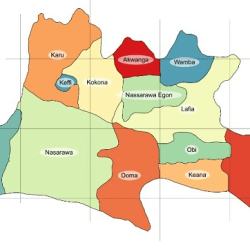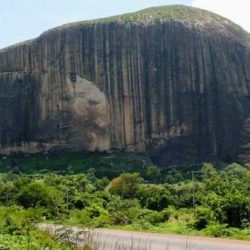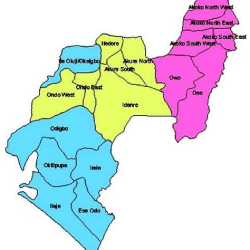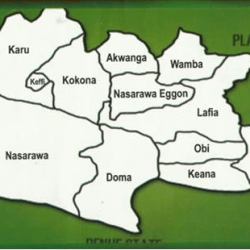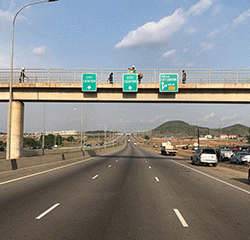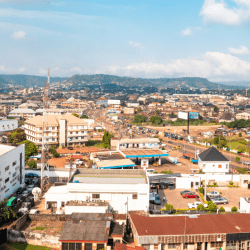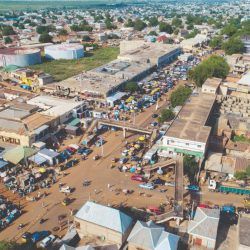Abuja is located in the centre of Nigeria and has a land area of 8,000 square Kilometers. It is bounded on the north by Kaduna state, on the west by Niger state, on the east and south-east by Nasarawa state and on the south-west by Kogi state. It falls within latitude 7 45′ and 7 39′.

One beautiful feature about Abuja which it derives from its central location is that it shares the savannah grass with the north. And the overall effect of this is that Abuja has rich soil for Agriculture and enjoys an equable climate that is neither too hot nor too cold all year round.

The FCT experiences two weather conditions in the year. These are the rainy season which begins around march and runs through October, the dry season (usually characterized by bright sunshine) which begins from October and ends in March.

Within these periods, there is a brief period of harmattan occasioned by the north east trade wind, with a resultant dusty haze and intense coldness and dryness. Nevertheless, the high altitude and undulating terrain of the FCT act as a modulating influence which makes the weather always clement.
Reference: The Geography Of Abuja (fcda.gov.ng)

